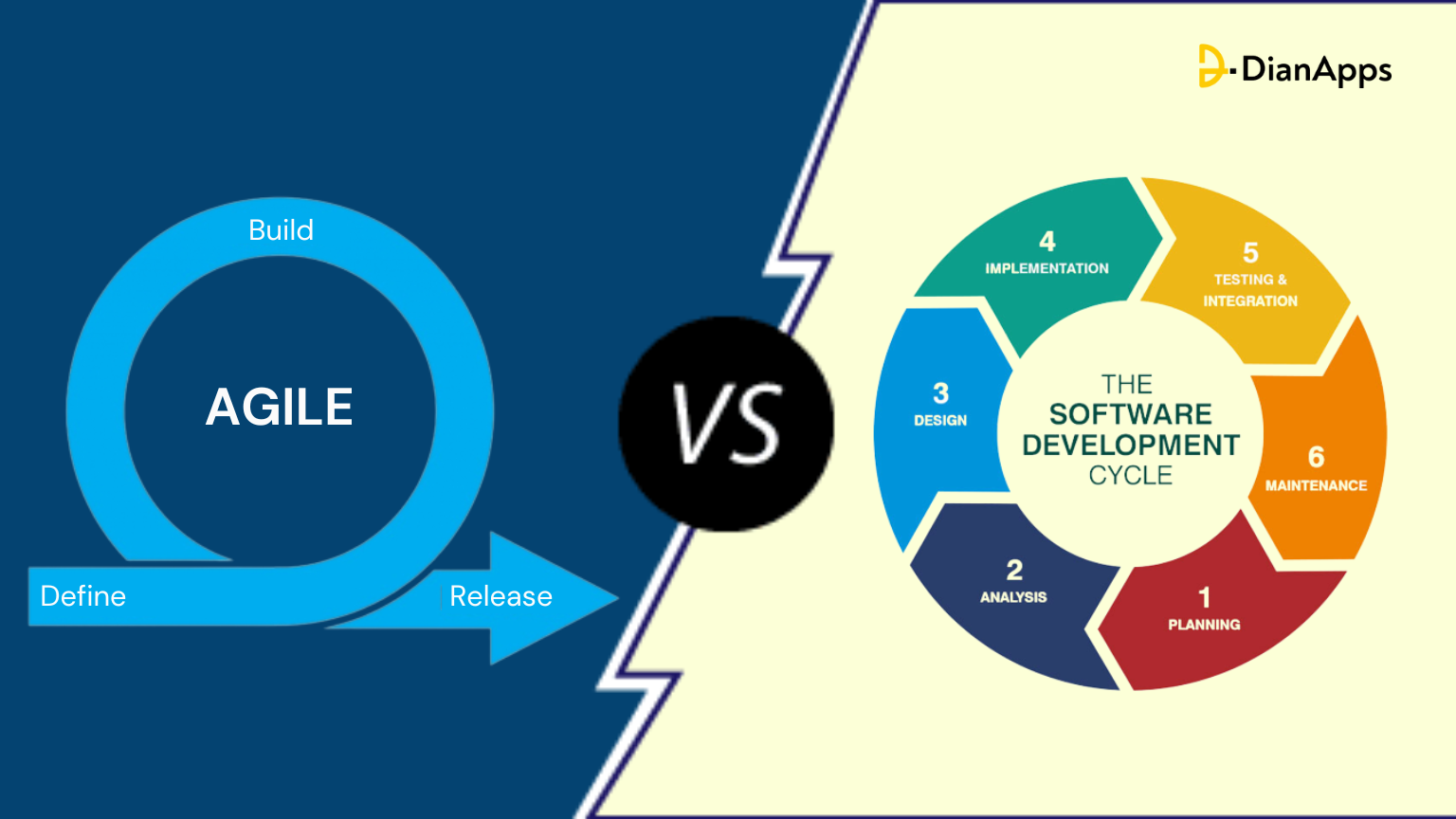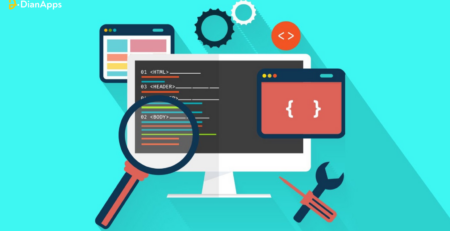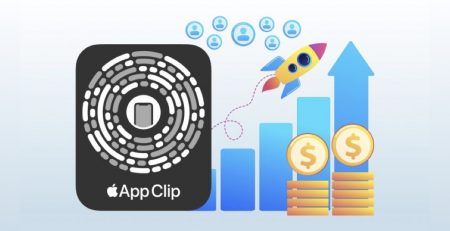Why Adopt SDLC vs Agile Development Life Cycle for Your Project?
The software development industry has changed tremendously in the last couple of decades. IT companies and tech organizations all around the world are using new software programs because it is evident that the success of any software solution depends totally on the type of methodology used in the development process.
Now, if you have ever googled something about software development methodologies, then you might have heard about SDLC and Agile development lifecycle. They both are very popular and widely used in the process of building websites or applications. Want to know more about these technologies?
In this blog post, we will explain to you in detail about SDLC and Agile development methodologies, like how they work step by step and what are their merits and demerits.
But before we move forward, let’s first have a short overview of what a software development methodology.

What Is Software Development Methodology?
In simple terms, a software development methodology is a basic framework by which developers can plan and structure the overall process of developing a software system. In a nutshell, it helps to answer the following important questions like:
- Which tools do the developers want?
- Which development approach should be considered?
- What is the correct way to implement the development approach?
Basically, its main goal is to provide a systematic approach to the process of software development.
What Is SDLC Development Life Cycle (Waterfall Methodology)?
SDLC Development Life Cycle is a traditional approach that helps to develop software with the lowest cost and highest quality. Here in this approach as soon as a phase is completed, no changes can be made to it in the further development process.
The sequential phases in the SDLC model are-
1. Requirement Gathering & Analysis
This is the first phase in which all possible requirements of the system that need to be developed are captured and documented in a requirement specification document.
The development teams and project managers work together to document the business processes that need to be automated through software. Because it is very crucial to have a core understanding of the product before initiating the second phase.
2. System Design
Once the requirements are collected, the developers can start to design the software. This phase helps in defining the overall system architecture including hardware and system requirements.
Overall, the output of the design phase includes:
- Designed documents that list the patterns and components selected for a respective project.
- The produced code is used as a starting point for development.
3. Coding or Implementation
The coding or implementation phase starts after getting input from the system design. Generally, this is the most crucial and longest phase of the SDLC development life cycle that needs to be carried out very precisely.
4. Integration & Testing
Once the coding phase is completed, it is important to test it, to ensure that the developed code is free from bugs and errors. Different types of functional testing need to be done along with nonfunctional testing such as
- Unit Testing
- Functional Testing
- Security Testing
- Performance Testing
- Acceptance Testing
Lastly, the output of the testing phase is improved software which is ready for deployment.
5. Deployment
Once the functional and non-functional testing is done, the product is finally ready to get deployed or released into the market.
6. Maintenance
There are chances that even after the testing process some issues may arise in the product after its deployment. So, in order to enhance user experience and correct those issues, it is recommended to provide adequate support and maintenance procedures.
In a nutshell, the software should be monitored constantly to ensure proper operation.
Advantages of the SDLC Model
- It is one of the simplest and most commonly used development methodologies.
- Due to the rigidity of the model, its management becomes very easy. As each phase has a specific deliverable and a review process.
- It works really well for smaller projects where requirements are well-defined and understood.
- The stages are clearly defined.
- The process and results are well documented.
- The phases are processed properly and completed one at a time.
Disadvantages of the SDLC Model
- The amounts of risk and uncertainty are higher in this type of development model.
- It is not suitable for large-size and complex projects.
- It is not ideal for projects where requirements are at a high risk of being subject to change.
- It is difficult to measure the progress within the development stages.
- Adjusting the scope during the development lifecycle can end a project.

What Is the Agile Development Life Cycle?
The agile development life cycle is an incremental model where iteration is like a miniature project, including everything from planning, analysis, coding, requirements, and testing.
Furthermore, the core principles of this methodology are
- Flexibility
- Work breakdown structure
- Value of teamwork
- Product comes first
- Iterative improvements
- Client as a part of the team
Now, the six phases of Agile Development methodology include:
1. Collect The Requirements
This is the very first step which is also known as the inception phase. It is a fact that everything starts with a concept. When the client approaches a software development company with an idea, the development team starts gathering the requirements for the project. Following that, the key requirements are outlined after a major discussion.
2. Planning / Discovery Stage
Whenever a product is driven by innovation, there is always a risk that idea will not reach the hearts of users. So, to eliminate this risk, the discovery phase is carried out.
After the profound discovery and research, it is discussed how the project will be developed and how the development will be executed.
3. Development Stage
After the requirements are gathered, it is time to put them into code. This is the longest phase as all the work related to the software is carried out here.
At this stage, the web developers will bring the product to life in the programming language. They can start working on the first iteration to deliver the bare functionality of a product. Although, this version is not fully functional as it will require numerous changes to end up with the final product.
Also, additional features can be added in later iterations.
4. Testing
In this stage, the QA part of the project starts. Here, QA teams test the software to unveil bugs by running automated or manual tests. The final product cannot be launched till all the bugs are found and fixed.
5. Implementation & Maintenance
At this point, the software is fully deployed and made available to customers. Further iterations can be done if there is a requirement to improve the existing product and introduce new features.
6. Retirement
This is the final stage of the Agile Development life cycle where the product may be replaced with new software or system. A software product can be retired back due to the lack of feasibility and cost-effectiveness.
Advantages of the Agile Model
- By involving clients in the development process, agile teams show that they value their opinion. The custom-made deliverables will overall improve the user experience and boost customer satisfaction.
- Agile methodologies use an iterative approach which means the processes are improved upon each time an interval is repeated.
- It helps to enhance the quality of the software development process.
- Agile teams work in short periods known as “sprints”. These fixed durations make it very easier for the project managers to measure the progress of the project accordingly.
- Even late changes in the requirements can be done seamlessly.
Disadvantages of the Agile Model
- Lack of documentation is one of the biggest issues in agile software development.
- Its cost is marginally higher than the other development models.
- The project documentation in this methodology is less detailed.
- Sometimes it becomes difficult to predict what will be delivered at the end of a specific sprint due to the frequent re-prioritization of deliverables.
- The project can go off-track if the project manager is not certain about the outcomes he is expecting.
Conclusion
To conclude, in this blog, we have explained the differences between both these approaches. When done properly, these above methodologies will provide the development teams with the highest level of documentation and management control.
Furthermore, no matter whether you are considering mobile app development or website development, these approaches stand well for all types of business needs. Lastly, with the help of a web development company, you can leverage their benefits more seamlessly.
Also Read: Software Development Trends That Will Define 2023




